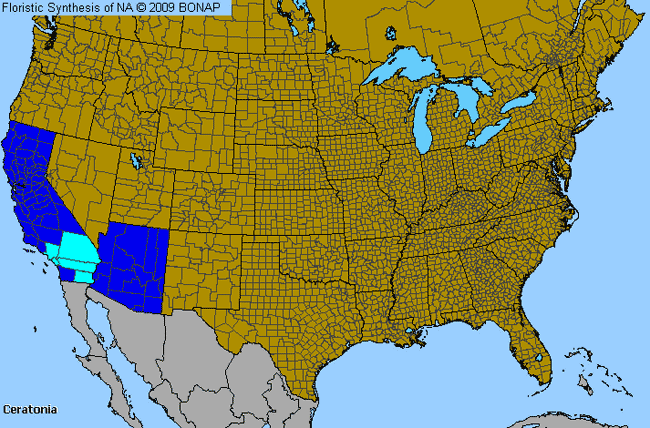St. John's-Bread (Ceratonia)

St. John's-Bread Genus Details

This small tree is native to the Mediterranean and still grows mainly in Europe. This small branching tree grows to about 30 feet high. The leaves are in pairs of leaflets, with a leathery texture and a dark, shiny green color. Flowers are arranged in small red clusters followed by flat pods that are 12 inches long. The pods contain saccharine matter of a sweet flavor, which a variety of wild-life and humans, in time of scarcity, use for food. The pulp of the pods has also been used to treat diarrhea when consumed. Also known as the Carob Tree, ceratonia is used to make St. John's bread.
St. John's-Bread Allergy Info

This genus is usually considered only a minor cause of allergy.
St. John's-Bread Pollen Description

No pollen description is currently available.
Species in This Genus

Allergenicity Legend:
 Mild Allergen |
Mild Allergen |
 Moderate Allergen |
Moderate Allergen |
 Severe Allergen |
Severe Allergen |
 Allergy Test Available
Allergy Test Available
St. John's-Bread (Ceratonia) is a genus of the FABACEAE family.
This genus includes the following allergenic species:
This genus includes the following allergenic species:











